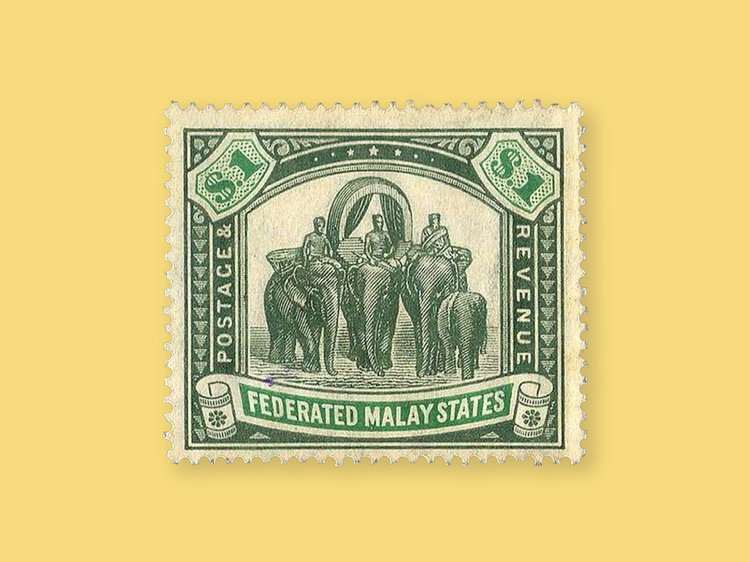
This is third in a series of five articles. Access the first, second, fourth and fifth here.
By the last quarter of the 19th century, British dominion over the seas has been secured. With the promise of safe-passages of goods, there remains the need to ensure regular and clockwork supply of goods to meet the demands of the free market. This often required British political intervention to restructure governance in a local polity (consolidate and centralise rule, eradicate political contenders, create a lean government and build infrastructures – postal service, train and tracks, telegraph cables, towns – to attract foreign investment) for the polity to honour the various trade agreements with the consistency and regularity that would not cause disruption to the chain of supply and demand.
As a point of comparison, one could say that the International Monetary Fund (IMF) interventions to foster ‘economic co-operation’ amongst the ruling powers in more recent times operated on a similar logic of a free-market global economy. In the empty spaces yet to be filled, but will be filled at any given time soon, President Hose dreamt aloud, ‘… what a hoard of wealth there is for the Botanist and the Naturalist; and what splendid possibilities for the Planter and the Merchant.’
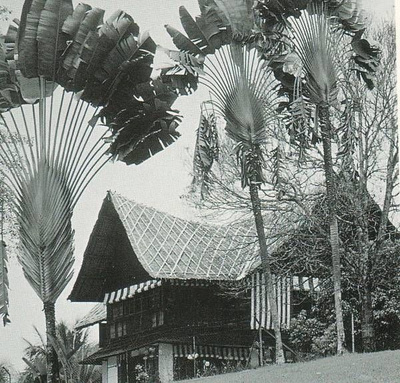
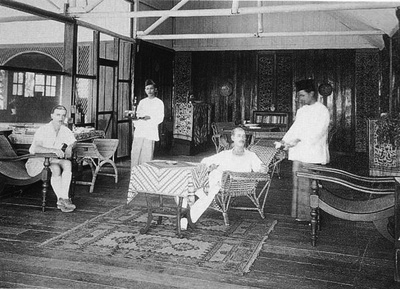
In the study of plants, the ‘tyranny of nature can be overcome.’ But it is in the study of ‘human inhabitants of Malaya, their history, their manner, and custom, their religion, and their language and literature’, including the ‘non-Malayan aboriginal races driven back into the jungle by the advance of even the Malay notion of civilisation’, that the Society was in many ways, perhaps consciously perhaps not, cut from the self-same Imperial cloth that held out the promise of a commonwealth through the facilitation of free trade. With terms of trade already predetermined and often signed at gunpoint, the economic system is furthermore fiercely safeguarded by armies and naval forces of the British Empire.
Knowledge production proceeded from such a context. While we have often distinguished the pursuit of knowledge for its own sake from the avarice of instrumentalising knowledge for the purpose of economic gains, Hose’s observations above suggest that they are really flipsides of the same coin. Simply put, consider for a moment the cost of building and sustaining this labyrinthine global knowledge infrastructure. At no point could the expansion of this knowledge system be driven purely by intellectual curiosity untainted by other converging incentives and purposes.
Archdeacon Hose described the envisioned archipelagic expanse with the term ‘Malaya’. Hose reasoned that the naming offers a ‘great convenience’ that allows for the Malay Archipelago to be spoken ‘all under one common name’, whose cultural integrity is held together by the trader’s lingua franca – Melayu. Yet despite this extensive view of Malaya as region, the display of the Map of the Malay Peninsula during the inaugural address points to an epistemic logic that prioritised the peninsular extending southward from the Isthmus of Kra, gradually coming under British protectorship, at the centre of the conception of Malaya as region or the Malay Archipelago.
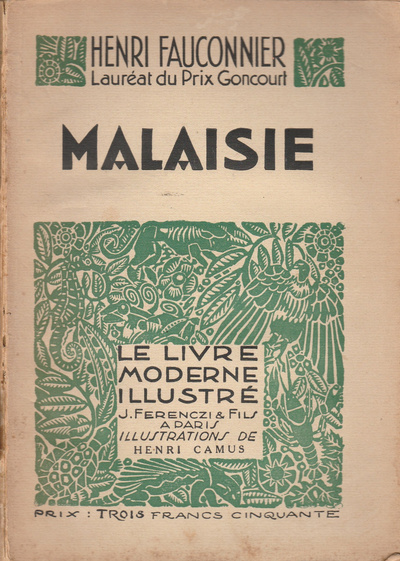

Like the mandala’s concentric spheres of diminishing influence, an order of priority was established. Outside of the Malay Peninsula, of topical interest were neighbouring British and Dutch possessions in the archipelago. Already in the first issue of the journal, the range of essays revealed a number of salient features.
In ‘Chinese Triad Societies’, ‘Wild Tribes of the Peninsula’, and ‘Siamese titles’, anthropology offered insights to population management, governance, and diplomatic relations. In ‘Malay Proverbs’, ‘Malay spelling in English’ and ‘Dialects of Melanesian Tribes’, philology and literature not only conjured foreign worldviews but also created data through which affinities can be measured on civilisational terms and comparison can be established on evolutionary scales.
In ‘Antiquities of Province Wellesley’ and ’Snake-eating Serpent’, archaeology and natural science made both the classical and natural worlds discoverable, granting the British a deeper ‘ilmu’ (knowledge) over ‘asal-usul’ (origin). Finally, in the ‘Comparison between Gutta Percha and Caoutchoucs (Indian Rubbers)’ and ‘Geography of the Malay Peninsula’, we see the marrying of topographical knowledge and the large scale alteration that the cultivation of homogenous cash crop would produce in the subsequent decades.
As the Journal contribute to the live-feed that furnishes the as yet incomplete Map of the Malay Peninsula, the colonial project had to craft a language of political legitimacy over these lands and beyond. In other words, a project with such an imperial aim had to claim succession from a symbolic centre.
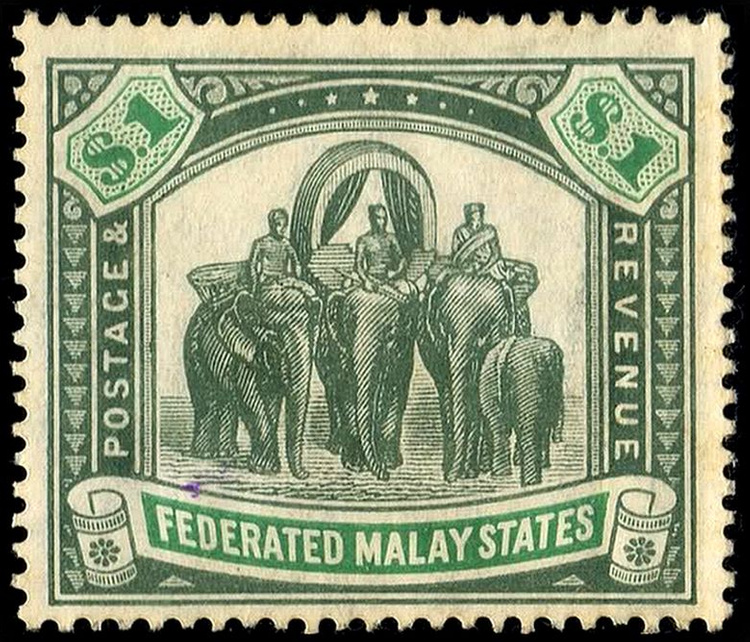
** We would like to thank Serge Jardin for clarifying the story behind ‘Maison des Palmes’. Jardin corrected our caption and pointed out that, ‘Henri Fauconnier never built, never owned a “Maison des Palmes”. He built successively three planter’s bungalows, he never named “Maison des Palmes”. He created the “Maison des Palmes” in his novel “Malaisie” in 1930 (translated in English “The Soul of Malaya” in 1931). “Maison des Palmes” was built after Henri Fauconnier left Malaya. First in the 1930s, then destroyed in 1945, and rebuilt in 1948 by Robert Michaux (the house is ruined today). This hybrid fantasy had nothing to do with the dream of Henry Fauconnier (beside a name).’
Sources
1878. Journal of the Straits Branch of the Royal Asiatic Society, July. Inaugural issue. Available online at: http://www.sabrizain.org/malaya/library/jsbras/jsbras01.pdf
Henri Fauconnier. 1931. Soul of Malaya, trans. Eric Sutton, from 1930 French original release. London: Elkin, Mathews and Marrot. Available online at:
https://archive.org/embed/in.ernet.dli.2015.77465 [7 September 2018]
Thomas Raffles. 1818. ‘On the Maláyu Nation, with a Translation of its Maritime Institutions’ Asiatick Researches; or Transactions of the Society Instituted in Bengal, Vol 12, 102-59.
William Marsden. 1834. ’On the Polynesian or East-Insular Languages’ in Miscellaneous Works of William Marsden. London: Parburry, Allen, and Co.
Further Reading
Serge Jardin. 2019. ‘Henri Fouconnier, De L’Adventure À La Littérature [Henri Fouconnier, A Literary Adventure]’ Lettres de Malaisie: La Malaisie à travers les livres, 13 August.
https://lettresdemalaisie.com/2019/08/13/henri-fauconnier-de-laventure-a-la-litterature-1/
https://lettresdemalaisie.com/2019/08/16/henri-fauconnier-de-laventure-a-la-litterature-2/ [7 September 2019]
Hendrik MJ Maier. 2011. ‘Melayu and Malay — A Story of Appropriate Behavior’ in Melayu: Politics, Poetics and Paradoxes of Malayness, eds. Maznah Mohamad and Syed Muhd Khairudin Aljunied. Singapore: NUS Press, 300-329.